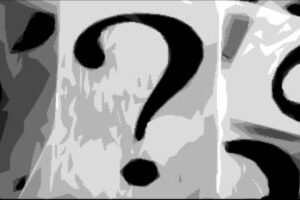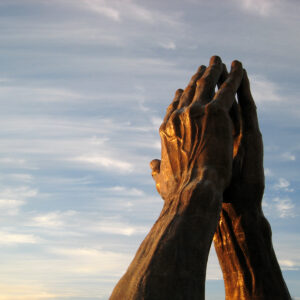I will be presenting and explaining what issues have most troubled me as I investigated the truthfulness of the Book of Mormon. Interestingly enough, most of the issues that follow may not be new to anyone who reads this, as they were not for me, either. The difference is that before, I never gave any real credibility to the claims because, well, I rationalized that we know by the Spirit that the Book of Mormon is true, so doubters must be wrong, and, honestly, how much can really be known about what there was and wasn’t in the Americas prior to Columbus?
The answer to that question is: very little can be known, but much can be determined to be highly, highly probable. Thanks to science, smart people who are not trying to prove or disprove any Book of Mormon claims have done the work to determine with a high level of confidence many important things about the pre-Columbian Americas. Unfortunately for the Book of Mormon, very little information about pre-Columbian America (especially Mesoamerica, which is the currently claimed location of the events in the Book of Mormon) was known in Joseph Smith, Jr’s time. Based on my assessment, he did not score a passing mark compared to the information that is now available. It is intriguing to consider the testament the Book of Mormon could have been, had it aligned with all the Mesoamerican discoveries that were unknown yet forthcoming at Joseph Smith, Jr’s time.
I think a common misconception among members of the church is that the ideas presented in the Book of Mormon were very novel for their time. The thought is that no one could have invented up such a complex story, so it must be inspired. The reality is not as favorable. In the period just prior to the discovery and translation of the Book of Mormon, one of the theories floating around in American culture was that the indians were descendants of Hebrews, in fact part of the lost 10 tribes of Israel. There was a book written by a pastor named Ethan Smith, published in 1823, called View of the Hebrews which presented this hypothesis. There is no proof that Joseph Smith, Jr had access to this book, but it is highly likely that Oliver Cowdery did. Oliver Cowdery’s mother and half-sisters were members of Ethan Smith’s congregation which would mean Oliver had likely at least heard the general story of Ethan’s book, if he didn’t have an actual copy. Many have even proposed that View of the Hebrews was a source for the Book of Mormon due to this potential access and the parallels found in the two books. In the 1920’s, General Authority B.H. Roberts studied the similarities between the books at the request of the First Presidency. In his response he outlined 18 points of similarity, including:
- extensive quotation from the prophecies of Isaiah in the Old Testament;
- the Israelite origin of the American Indian;
- the future gathering of Israel and restoration of the Ten Lost Tribes;
- the peopling of the New World from the Old via a long journey northward which encountered “seas” of “many waters;”
- a religious motive for the migration;
- the division of the migrants into civilized and uncivilized groups with long wars between them and the eventual destruction of the civilized by the uncivilized;
- the assumption that all native peoples were descended from Israelites and their languages from Hebrew;
- the burial of a “lost book” with “yellow leaves;”
- the description of extensive military fortifications with military observatories or “watch towers” overlooking them;
- a change from monarchy to republican forms of government; and
- the preaching of the gospel in ancient America.
According to BYU professor Marvin S. Hill, Roberts “maintained that the Book of Mormon’s claims that the Indians were derived solely from three migrations of Hebrews to the new world over a span of three thousand years was entirely untenable.” And Roberts concluded that the “evidence I sorrowfully submit” pointed to Joseph Smith as the Book’s creator.
I have no incredible insight into the real source of the Book of Mormon. It may have been adapted from View of the Hebrews, translated from golden plates, or just created in Joseph’s head based on all the ideas floating around at the time — I don’t know. I have included this information to contest the argument that the Book of Mormon is true because there is no way Joseph could have written the book. I argue that the ideas of the Book of Mormon were not new, and in fact were likely familiar to and accepted by many people at that time. If you are interested in hearing of other incredibly curious insights into other potential sources for the Book of Mormon, please let me know — I’d love to discuss them.




Leave a Reply